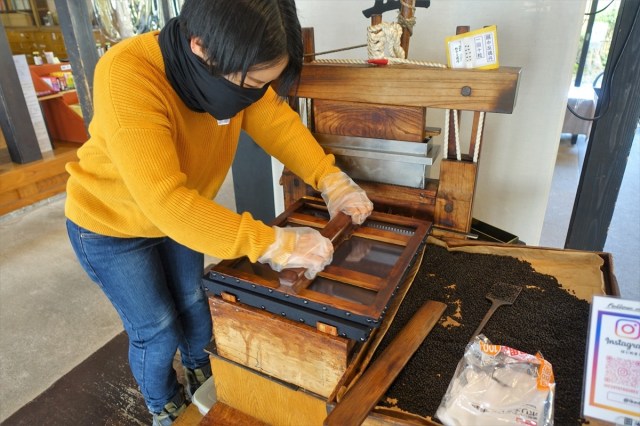
Our Japanese reporter adds ‘making drugs‘ to her SoraNews24 resume.
Our Japanese language reporter Haruka Takagi recently made a trip to Toyama Prefecture, famous for beautiful Starbucks stores, trout sushi and being a drug-dealing hotspot.
Yes, you read that right, but we aren’t talking about those kinds of drugs — Toyama Prefecture has a long history of providing Japan with pharmaceuticals, since 1690 in fact. Toyama Prefecture’s reputation as Japan’s medicine makers started back when Maeda Masatoshi, the second feudal lord of the domain of Toyama, gave a medicine called hangontan to a feudal lord which cured his pain and discomfort. Of course, in those days drugstores didn’t exist, so once word of Maeda’s magic medicine spread, ‘drug-dealers’ would travel around door to door selling their wares, coming back later to collect money only for any medicine used.
Even today, pharmaceutical production makes up over 15 percent of Toyama’s total industrial production, and Toyama is rightly proud of its rich medicinal history. As a result, a popular sightseeing spot for tourists is Ikedaya Yasubei Shoten, a store where visitors can experience the culture and history of medicine sales in Toyama. The store was founded in 1936 when they started manufacturing and selling hangontan, the same medicine that Maeda Masatoshi made back in 1690.
One of the things you can do at Ikedaya Yasubei Shoten is have a go at making your own medicine the way it used to be made. Not quite as far back as the 1600s, but visitors can create their own medicine using a machine dating back to just after the World War II.
Before Haruka turned her hand to making her own drugs, she was shown how the machine works.
The clay ‘medicine’ is pushed out from the back of the machine, using the foot pedal to feed the clay through small holes.
The clay is then sliced up into small pieces, about 5 millimeters (0.19 inches).
The small pieces of clay are then scooped out using a spatula-like tool and placed evenly in front of the machine.
To make them more even and pill-like, a large tablet-like tool is placed on top and gently pressed whilst rotating…
And ta-da! The pills were then dried for two days before being sold to the public.
▼ You can see the whole process in action in this video, uploaded by a visitor
Once the shop employee finished expertly making tiny, evenly shaped pills, it was Haruka’s turn. She was a little worried that when she was moving the tablet to flatten the pills, they would get moved around and get stuck together. Thankfully, the employee gave her a piece of advice before starting, saying “The trick is to press down and move the lid in a circular motion with an even amount of force. At first they will be stiff and hard to move, but when it feels like the pills are rolling around smoothly, they’re ready.”
The employee helped Haruka scoop out the pills, and it was time for her to press down.
Immediately, Haruka was met with some heavy resistance from her pills. What looked like a smooth process when the employee did it was a lot tougher than it looked, and as Haruka struggled to move her arm around, she could already feel some of the pills getting stuck together! Nightmare! She gingerly lifted the lid to inspect the damage and…
… any thought about switching careers to ‘drug-dealer’ immediately left her mind. They were all different shapes and sizes!
Of course, it’s important to make clear that the ‘medicine’ Haruka was making wasn’t real medicine; current Japanese law states that medicinal pills must be manufactured in a controlled factory to prevent any foreign substances from being mixed in. Instead, Haruka created some clay ‘dummy’ pills, that looked just like the real thing.
The employee offered some advice, commenting ‘That’s what happens when you don’t apply an even amount of pressure… but these are still totally fine!” before giving Haruka a paper balloon as a consolation prize. The paper balloons are said to be a reproduction of the ones drug sellers used to give away as souvenirs to their customers.
As well as making her own medicine, Haruka got to see other historical artefacts, like these baskets used by drug-sellers back in the day to sell their wares…
… and wheels that were used to grind herbs into powder for medicines.
After her whirlwind trip through Japan’s history of medicine, Haruka decided to treat herself with the very hangontan pills that started it all. If you didn’t know any better, you could almost mistake them for flower seeds. They didn’t look anything like the medicine we’re used to today.
But how did they taste? Haruka popped some of the pills in her mouth, expecting to be whisked back to the Edo period. If she closed her eyes, maybe she could imagine she was a feudal lord who had just received some medicine from Masatoshi Maeda, ready to make history…
Instead, she was quickly brought back to present day with the bitter taste and foul smell of the pills. The smell and aftertaste was akin to moss or wild grass, and was reminded of the Japanese saying ‘Ryouyaku kuchi ni nigashi’, meaning ‘good medicine tastes bitter’, or ‘the advice you find the hardest to take is often the most useful’.
While Haruka was grateful for all of Masatoshi Maeda’s contributions to the history of medicine, she was quietly relieved at how far pharmaceuticals have come since then.
Shop information
Ikedaya Yasubei Shoten / 池田安兵衛商店
Address: Toyama Prefecture, Toyama City, 1-3-5 Tsutsumichodori
富山県富山市堤町通り1-3-5
Open 9 a.m.-6 p.m.
Website
Photos © SoraNews24
● Want to hear about SoraNews24’s latest articles as soon as they’re published? Follow us on Facebook and Twitter!
[ Read in Japanese ]

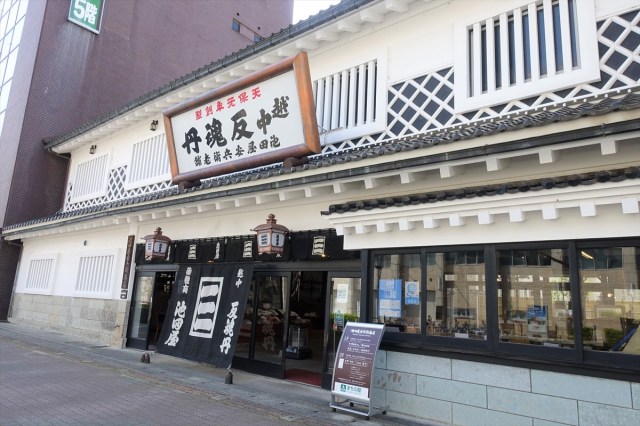
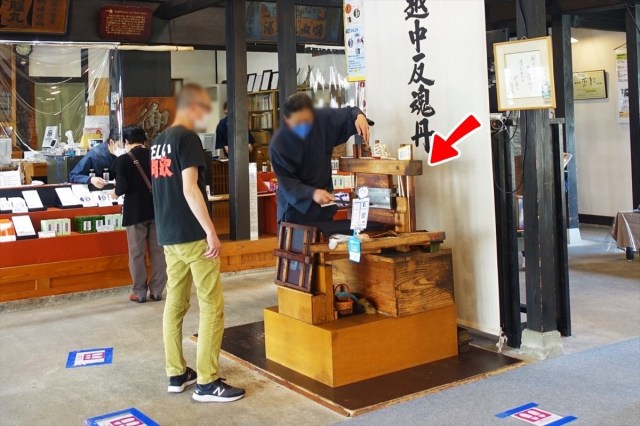
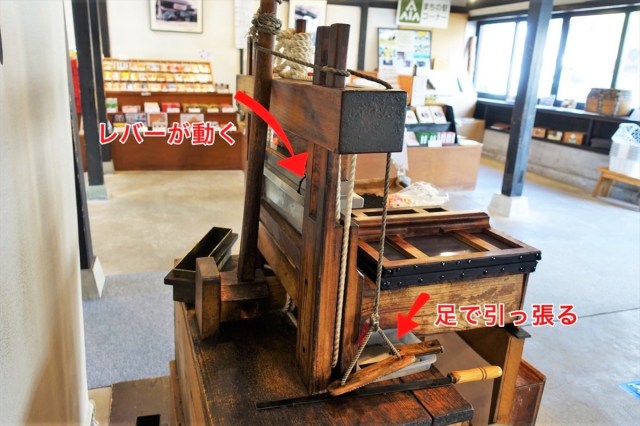
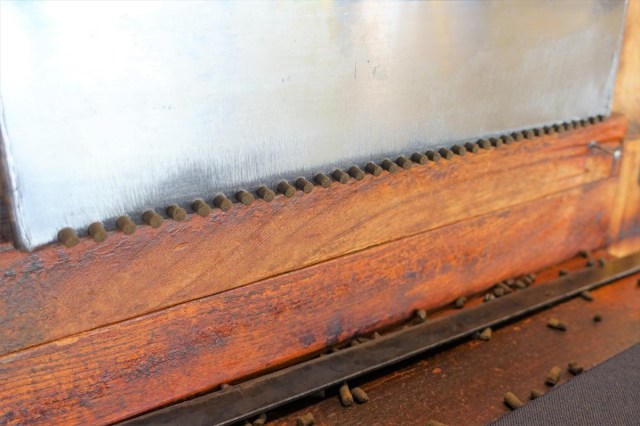
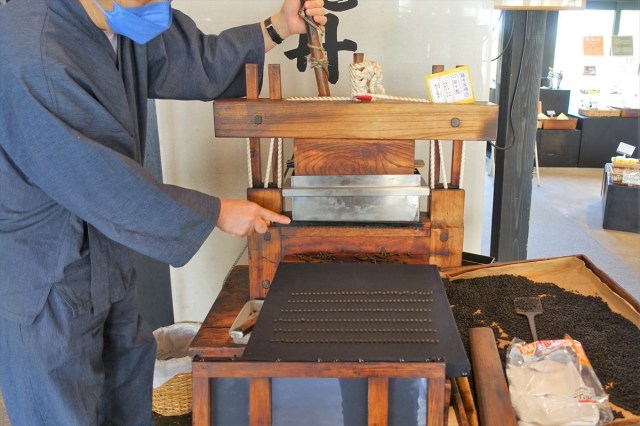
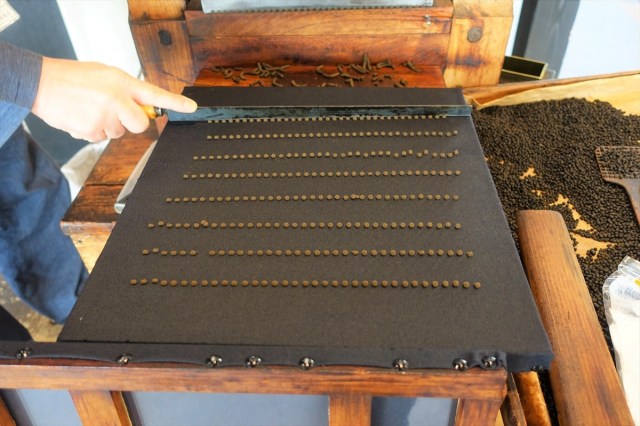
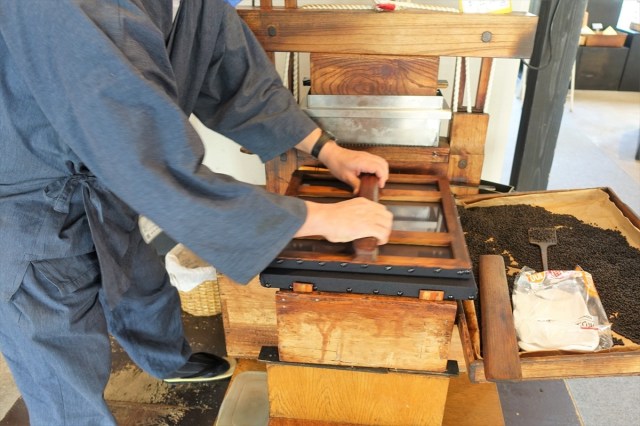
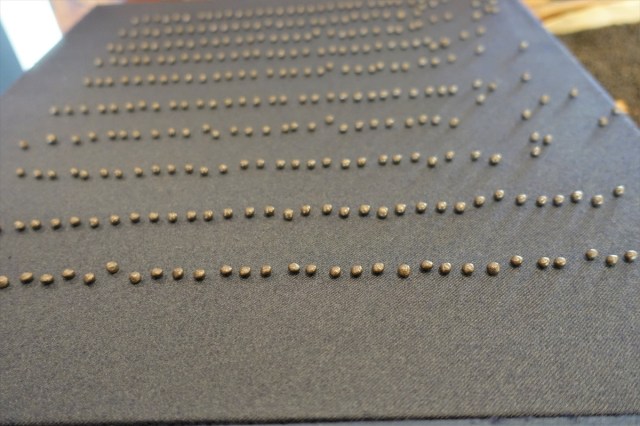
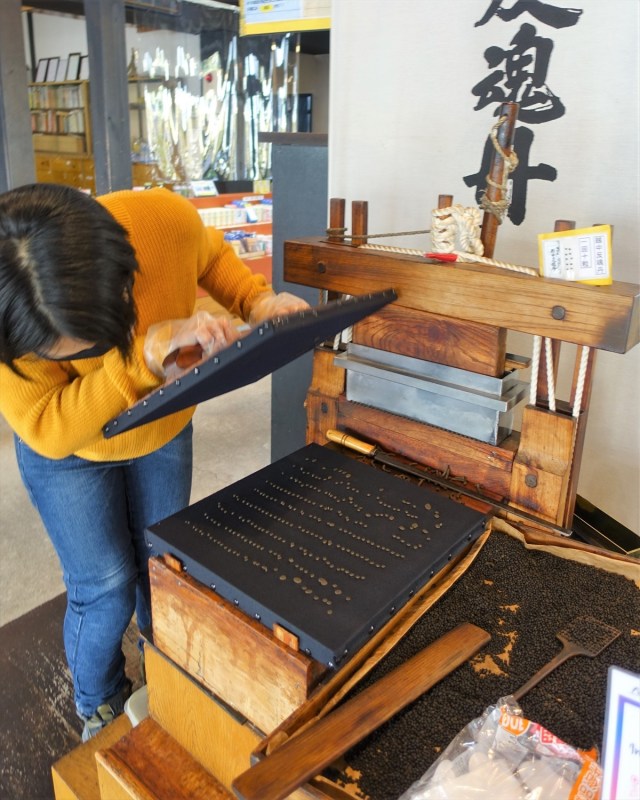

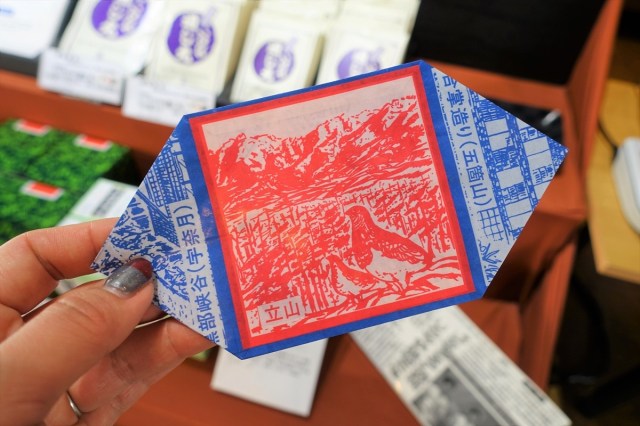
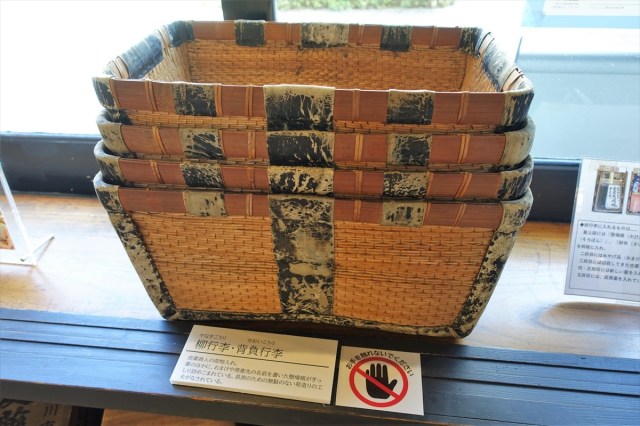
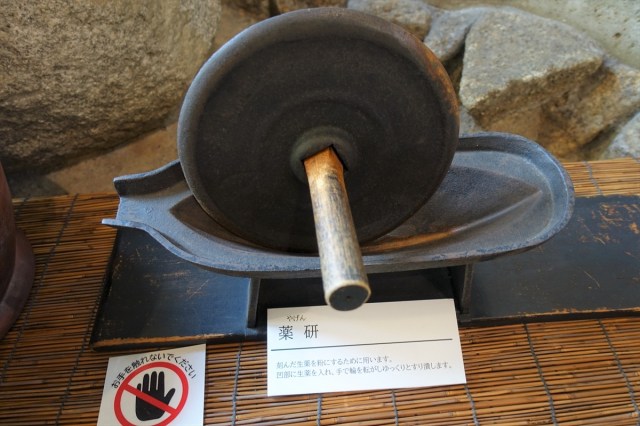
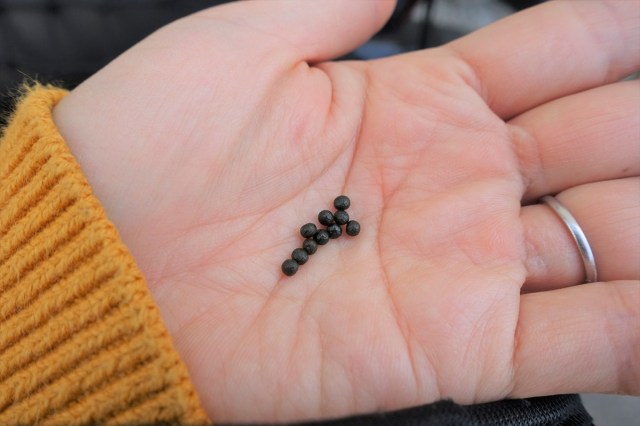
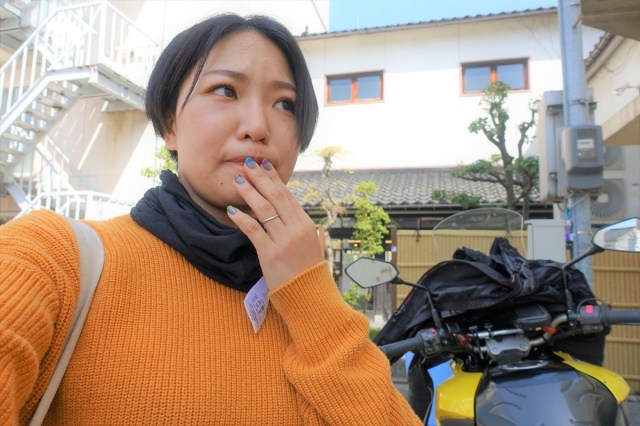
 Eating sushi…from a vending machine? We try Toyama Prefecture’s local delicacy, masuzushi
Eating sushi…from a vending machine? We try Toyama Prefecture’s local delicacy, masuzushi How to make so, Japan’s 1,000-year-old dessert recipe that’s back in fashion【SoraKitchen】
How to make so, Japan’s 1,000-year-old dessert recipe that’s back in fashion【SoraKitchen】 Searching for Japan’s “river of the dead” in Tottori Prefecture【Photos】
Searching for Japan’s “river of the dead” in Tottori Prefecture【Photos】 Rakuten randomly offers 58 New Year’s osechi feasts in Japan, but did we get a star or a dud?
Rakuten randomly offers 58 New Year’s osechi feasts in Japan, but did we get a star or a dud? Panties to wear on your head as hair accessories on offer from Japanese fashion brand【Photos】
Panties to wear on your head as hair accessories on offer from Japanese fashion brand【Photos】 Four Shinto shrines to pray for love at in Japan to start the New Year
Four Shinto shrines to pray for love at in Japan to start the New Year Think you’ve had every type of tempura? Not until you’ve eaten deep-fried maple leaves
Think you’ve had every type of tempura? Not until you’ve eaten deep-fried maple leaves Original Totoro plush toys from 80s and 90s re-issued for Studio Ghibli exhibition
Original Totoro plush toys from 80s and 90s re-issued for Studio Ghibli exhibition Fans wonder if children’s show Pretty Cure’s next season will go “full lesbian”
Fans wonder if children’s show Pretty Cure’s next season will go “full lesbian” Live-action Attack on Titan musical reveals in-costume photos of full cast【Photos】
Live-action Attack on Titan musical reveals in-costume photos of full cast【Photos】 Japanese beef bowl chain Sukiya’s 2026 Smile Box lucky bag basically pays for itself
Japanese beef bowl chain Sukiya’s 2026 Smile Box lucky bag basically pays for itself Amazingly beautiful cakes inside fruit – Our newest Japanese dessert obsession【Photos】
Amazingly beautiful cakes inside fruit – Our newest Japanese dessert obsession【Photos】 Tokyo fish market breaks New Year auction record as single fish sells for over 5 million yen【Vid】
Tokyo fish market breaks New Year auction record as single fish sells for over 5 million yen【Vid】 Starbucks Japan ready to get Year of the Horse started with adorable drinkware and plushies【Pics】
Starbucks Japan ready to get Year of the Horse started with adorable drinkware and plushies【Pics】 Hayao Miyazaki says Happy New Year to Studio Ghibli fans with new art for Year of the Horse
Hayao Miyazaki says Happy New Year to Studio Ghibli fans with new art for Year of the Horse We found possibly the quietest Japanese-style hotel in Tokyo’s bustling Shinjuku district
We found possibly the quietest Japanese-style hotel in Tokyo’s bustling Shinjuku district Cup Noodle tries an authentic Jiro-style ramen, but something’s not quite right
Cup Noodle tries an authentic Jiro-style ramen, but something’s not quite right The best Starbucks Japan Frappuccinos we want to drink again in 2026
The best Starbucks Japan Frappuccinos we want to drink again in 2026 We revisited Sweets Paradise after a decade to see if Japan’s dessert buffet still delivers
We revisited Sweets Paradise after a decade to see if Japan’s dessert buffet still delivers That time Seiji called JASRAC to ask why he didn’t get paid royalties for his song being on TV
That time Seiji called JASRAC to ask why he didn’t get paid royalties for his song being on TV Japan’s oldest largetooth sawfish in captivity back on display in Mie Prefecture
Japan’s oldest largetooth sawfish in captivity back on display in Mie Prefecture Pizza Hut Japan’s hot lucky bags are perfect for a New Year’s pizza party
Pizza Hut Japan’s hot lucky bags are perfect for a New Year’s pizza party 7-Eleven Japan starts new temporary luggage storage service in over 300 branches
7-Eleven Japan starts new temporary luggage storage service in over 300 branches Disillusionment at Tsukiji’s tourist-target prices led us to a great ramen restaurant in Tokyo
Disillusionment at Tsukiji’s tourist-target prices led us to a great ramen restaurant in Tokyo Starbucks teams up with 166-year-old Kyoto doll maker for Year of the Horse decorations【Photos】
Starbucks teams up with 166-year-old Kyoto doll maker for Year of the Horse decorations【Photos】 Tokyo considering law requiring more trash cans following litter increase in heavily touristed area
Tokyo considering law requiring more trash cans following litter increase in heavily touristed area Tokyo’s Tsukiji sushi neighborhood asks tour groups to stay away for the rest of the month
Tokyo’s Tsukiji sushi neighborhood asks tour groups to stay away for the rest of the month Tokyo event lets you travel back in time, for free, to celebrate 100 years since Showa era start
Tokyo event lets you travel back in time, for free, to celebrate 100 years since Showa era start Japan may add Japanese language proficiency, lifestyle classes to permanent foreign resident requirements
Japan may add Japanese language proficiency, lifestyle classes to permanent foreign resident requirements Sanrio theme park in Japan announces plans to expand into a Sanrio resort
Sanrio theme park in Japan announces plans to expand into a Sanrio resort Stamina-destroying “Paralysis Noodles” are Tokyo’s newest over-the-top ramen innovation
Stamina-destroying “Paralysis Noodles” are Tokyo’s newest over-the-top ramen innovation Survey asks foreign tourists what bothered them in Japan, more than half gave same answer
Survey asks foreign tourists what bothered them in Japan, more than half gave same answer Japan’s human washing machines will go on sale to general public, demos to be held in Tokyo
Japan’s human washing machines will go on sale to general public, demos to be held in Tokyo Japan’s deadliest food claims more victims, but why do people keep eating it for New Year’s?
Japan’s deadliest food claims more victims, but why do people keep eating it for New Year’s? We deeply regret going into this tunnel on our walk in the mountains of Japan
We deeply regret going into this tunnel on our walk in the mountains of Japan Studio Ghibli releases Kodama forest spirits from Princess Mononoke to light up your home
Studio Ghibli releases Kodama forest spirits from Princess Mononoke to light up your home Major Japanese hotel chain says reservations via overseas booking sites may not be valid
Major Japanese hotel chain says reservations via overseas booking sites may not be valid Put sesame oil in your coffee? Japanese maker says it’s the best way to start your day【Taste test】
Put sesame oil in your coffee? Japanese maker says it’s the best way to start your day【Taste test】 No more using real katana for tourism activities, Japan’s National Police Agency says
No more using real katana for tourism activities, Japan’s National Police Agency says Starbucks Japan reveals new sakura drinkware collection, inspired by evening cherry blossoms
Starbucks Japan reveals new sakura drinkware collection, inspired by evening cherry blossoms Updated cherry blossom forecast shows extra-long sakura season for Japan this year
Updated cherry blossom forecast shows extra-long sakura season for Japan this year
Leave a Reply